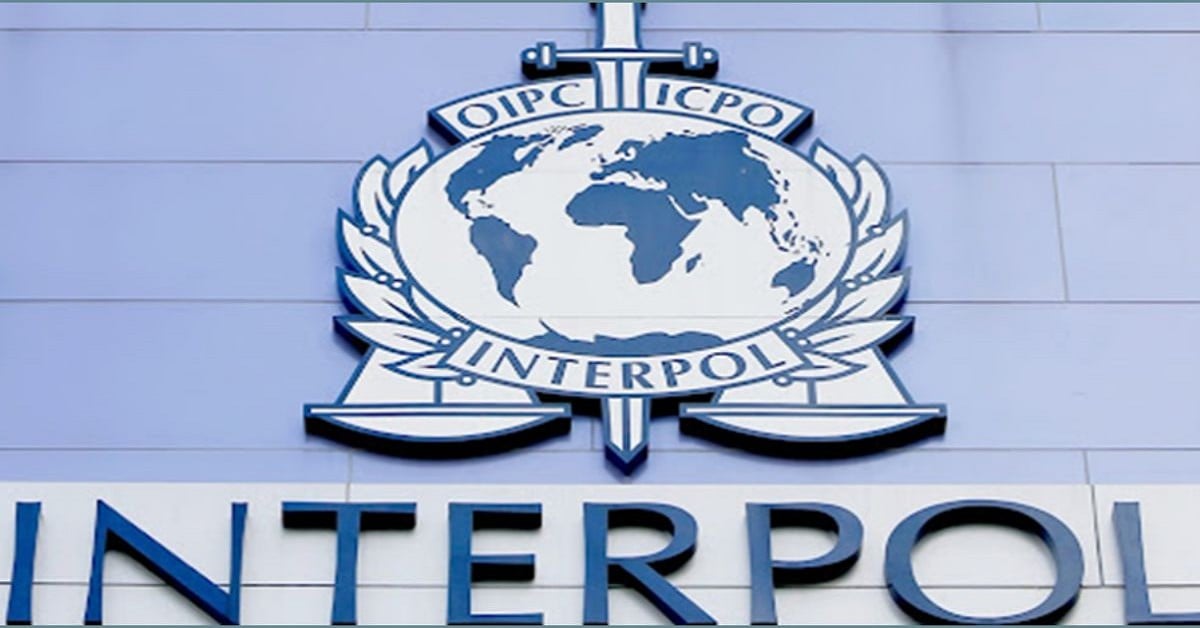
Legal Response to Wrongful Alerts: Protecting Your Rights
In today’s fast-paced world, wrongful alerts can have serious implications for individuals and businesses alike. From law enforcement agencies issuing false alerts to companies mistakenly flagging employees or customers, the consequences can be dire. Understanding the legal response to wrongful alerts is crucial in ensuring that individuals can protect their rights and seek redress. For a comprehensive overview of the steps to take, consider visiting legal response to wrongful alerts.
Understanding Wrongful Alerts
Wrongful alerts typically refer to notifications that inaccurately identify individuals or businesses in connection with unlawful activities or misconduct. These alerts can manifest in various forms, including erroneous criminal records, false accusations leading to unnecessary legal troubles, or alerts issued based on mistaken identity. The legal ramifications can be severe, affecting personal reputation, employment opportunities, and psychological well-being.
The Impact of Wrongful Alerts
Receiving a wrongful alert can lead to substantial emotional and psychological distress. The stigma associated with being wrongfully accused can result in social isolation, anxiety, and a feeling of helplessness. In a more pragmatic sense, individuals may face difficulties in securing employment, housing, and even interpersonal relationships. Businesses may suffer from damage to their reputation or financial losses due to wrongful alerts that deter customers or clients.
Legal Framework Surrounding Wrongful Alerts

The legal framework for addressing wrongful alerts varies based on jurisdiction but generally includes both civil and criminal law aspects. Affected individuals may have the right to seek legal recourse through litigation, and they may also explore options for expungement or correction of records. It is essential to consult with an attorney specializing in civil rights or defamation law to evaluate the best course of action.
1. Defamation Law
A significant aspect of wrongful alerts is the potential for claims of defamation. If an alert falsely accuses someone of unlawful behavior, it may be deemed defamatory if it can be proven that the statement was made with actual malice or negligence. Legal action may lead to compensation for damages suffered due to the false alert.
2. Privacy Violations
In cases where alerts involve the unauthorized sharing of personal information or sensitive data, individuals might invoke privacy laws. The right to privacy is protected in many jurisdictions, and if an individual’s personal information is misused leading to a wrongful alert, they may have grounds for a lawsuit.
3. Administrative Appeal
In scenarios where government agencies are involved in issuing alerts, such as arrest warrants or notices, individuals may have the right to appeal these decisions through administrative channels. Understanding the appeal process and gathering necessary documentation is vital in contesting the alert legally.
Steps to Take When Faced with a Wrongful Alert
If you find yourself the victim of a wrongful alert, take the following steps to protect your rights:
- Document Everything: Keep a detailed record of all communications related to the alert, including emails, letters, and notes from conversations.
- Consult with a Legal Professional: Seek the advice of an attorney who can provide you with guidance tailored to your specific situation.
- Contact the Entity Responsible for the Alert: Reach out to the organization or agency that issued the wrongful alert and explain the situation. Provide any evidence that supports your claim.
- Seek Resolution: Many organizations have processes in place for contesting alerts or correcting records. Follow these procedures carefully.
- Consider Filing a Lawsuit: If the issue is not resolved, you might consider legal action based on defamation or unlawful privacy invasion.
Preventing Future Wrongful Alerts
Education and awareness are essential components in preventing wrongful alerts. Individuals and organizations must proactively take steps to verify information before issuing alerts. This includes thorough background checks, accurate record-keeping, and employee training on privacy and defamation laws. Furthermore, fostering a culture of responsibility and adherence to ethical standards within organizations can significantly reduce the incidence of wrongful alerts.
The Role of Technology in Managing Alerts
With advancements in technology, there are now systems in place designed to minimize wrongful alerts. Data verification tools and artificial intelligence can help organizations screen information more accurately. Additionally, blockchain technology may offer a secure way to maintain an unalterable record of individuals’ histories, making it less likely for false data to be propagated.
Conclusion
In conclusion, the legal response to wrongful alerts is a multifaceted issue that deserves careful consideration and action. As individuals navigate the complexities of wrongful alerts, it is vital to employ a proactive approach, harness legal resources, and promote awareness to protect one’s rights effectively. By understanding the available legal avenues and taking decisive steps, individuals can better safeguard their reputations and mitigate the impacts of wrongful alerts.
